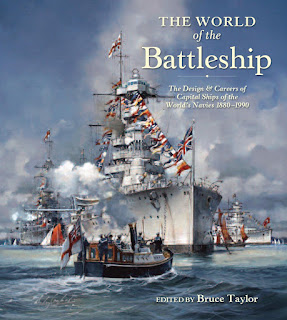This review has been published in British Army Review.
Title: Montgomery: Friends Within Foes Without, Relationships in and Around 21st Army GroupAuthor: Malcolm Pill
ISBN: 978-1-912690-53-4
Publisher: Unicorn Publishing
Year: 2019
Hardcover
Pages: 303
Photos: 30
Montgomery has proven to be, along with Patton for the Americans, perhaps the most controversial of the British senior commanders of the Second World War. That he was a brilliant commander (with an ego to match) has been analyzed in multiple biographies and studies; Pill however, has approached his study of Montgomery strictly from the perspective of his personal and command relationships with his immediate staff and, externally, with those leaders of the British, Canadian and American forces germane to his command relationships. Pill’s is a story of personality, style and expectations as opposed to operational or tactical scrutiny.
Pill’s multifaceted approach reveals a great deal about the inner thoughts of Montgomery: what he saw as important, how he viewed the execution of the war, what were the events and experiences that shaped both his and those with whom he interacted, perspectives and what influenced his decision making. While he has drawn upon a multitude of sources, it is the personal diaries and letters (he was a prodigious chronicler) of Montgomery and his confreres where Pill is able to shed light on the inner thoughts of the man. Unlike memoires which, written in the immediacy of the moment, are a much better source for glimpses into the honest thinking of the authors.
The author has divided his narrative into a series of sub-sections that fall broadly into Montgomery’s dealings with subordinates within 21st Army Gp, allies (and external commands) and operations within which he was involved. Pill’s engaging account casts a critical light not upon Montgomery’s capabilities as a tactician and operational planner, but upon his confidence and competence as a leader and commander. Much of the controversy, Pill conclusively proves, that Montgomery was involved with, was of his own making and not the result of external circumstance. Montgomery’s experience as commander of the 8th Army in North Africa and his subsequent endearment to the British nation as the ‘victor over Rommel’, ultimately led him to fall victim to that all too common occurrence of ‘believing his own press’. As Pill observes, this loss of humility resulted in an inflated sense of self that was toxic to relations with those not under his direct command. Montgomery’s inability to acknowledge the competencies and effectiveness of others outside of his immediate control was his Achilles heel and undermined much of the cooperation and support that he might otherwise have enjoyed.
This is a unique and
fascinating account of the man and the commander that was Montgomery. The
reader is left with the impression that, once the war ended, he struggled to
find his place. Certainly his relations with a majority of his subordinate
commanders remained good in the years following the war but the fact that he
had burned so many bridges within the British command community and on the
international stage precluded his being considered for many positions that he
would otherwise have been eminently qualified for. Pill has done his research
and his book serves as an excellent example and warning for those leaders who
come after.




















